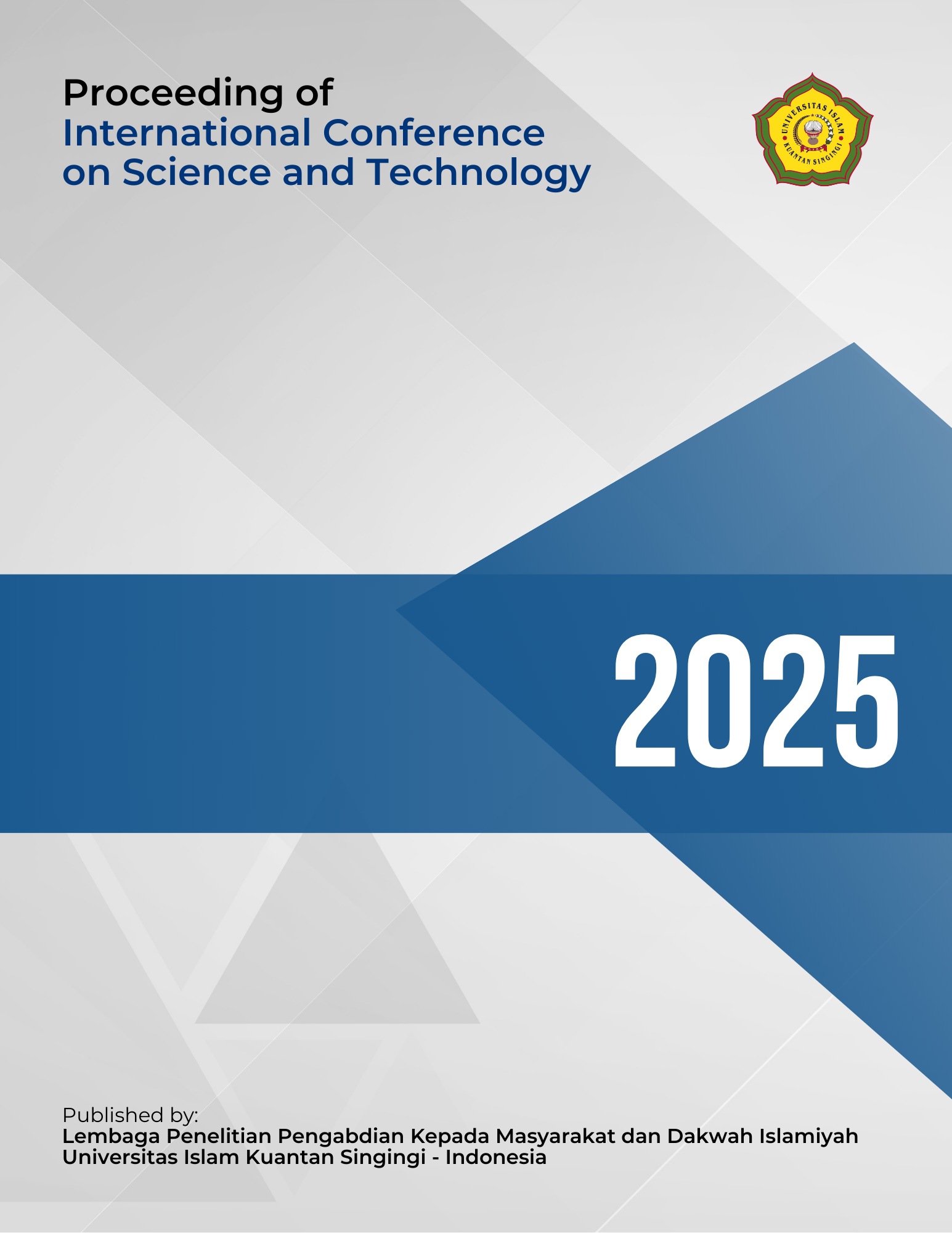A Conceptual Framework To Empowering Waqf Land Towards Risk Resilient Cities
Abstract
Waqf land an Islamic endowment asset in urban planning and examines its latent potential to contribute to the development of risk-resilient cities. Despite its historical role in supporting public welfare, Waqf land remains largely inactive in contemporary urban resilience strategies. A conceptual research approach is adopted, synthesizing insights from existing literature on urban resilience, Islamic philanthropic systems, and land governance. Case examples from select Muslim-majority countries are incorporated to illustrate practical relevance. The study proposes a new framework for integrating Waqf land into urban risk reduction strategies. The findings reveal that legal ambiguities, poor institutional coordination, and outdated management practices hinder effective use of Waqf land. However, strategic policy alignment and stakeholder collaboration could unlock its potential to support affordable housing, disaster recovery, green infrastructure, and social resilience. The paper concludes that Waqf land, if systematically revitalized and incorporated into urban planning frameworks, can serve as a transformative asset in building risk-resilient cities. A proposed conceptual framework emphasizes inclusive governance, policy reform, and participatory planning to activate this dormant resource for long-term urban sustainability and equity.
Downloads
References
[2] The World Bank Group. (2019)
[3] Abdullah, M. (2018). Waqf, sustainable development goals (SDGs) and Maqasid Al-Shariah. International Journal of Social Economics, 45(1), 158–172.
[4] Anuar, N. A., Mokhtar, N. N., Sulaiman, M. A., Alias, M. N., & Zainol, N. N. (2022). Development of waqf land in Malaysia: A current review in state of Pulau Pinang. Journal of Islamic, Social, Economics and Development (JISED), 7(46), 285–292.
[5] Gheiravani, G., Montazeri, M., & Zahedi, S. S. (2024). Presenting the model of effective factors on smart governance in the country. Journal of Value Creating in Business Management, 4(1), 279–301. https://doi.org/10.22034/jvcbm.2023.402476.1128
[6] Ibrahim, M., Yusof, M., & Hassan, A. (2018). Waqf as a tool for social equity and poverty alleviation in Muslim communities. Journal of Islamic Social Finance, 3(2), 45–58.
[7] Ismail, Che, Salim, Nor, & Hanafiah, Nor. (2015). Administration and management of waqf land in Malaysia: Issues and solutions. Mediterranean Journal of Social Sciences.
[8] Laluddin, H., Haneef, S., Mohammad, M., & Rahman. (2021). Revisiting the concept of waqf: Its maintenance, Issues and challenges. International Journal of Islamic Thought, 20 (Dec), 2021.
Copyright (c) 2025 Noradzsyiah Adzhar, Salbiah Mokhtar, Mohm Sabri Mohd Arip, Fitrianto Fitrianto, Ria Asmeri Jafra

This work is licensed under a Creative Commons Attribution 4.0 International License.


